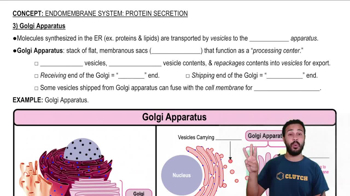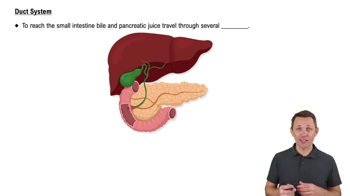Multiple Choice
Different animal species differ in the relative number of rods and cones that are present in their eyes. Which of the following statements would you expect to be true about these differences?
620
views
9
rank
 Verified step by step guidance
Verified step by step guidance Verified video answer for a similar problem:
Verified video answer for a similar problem:

